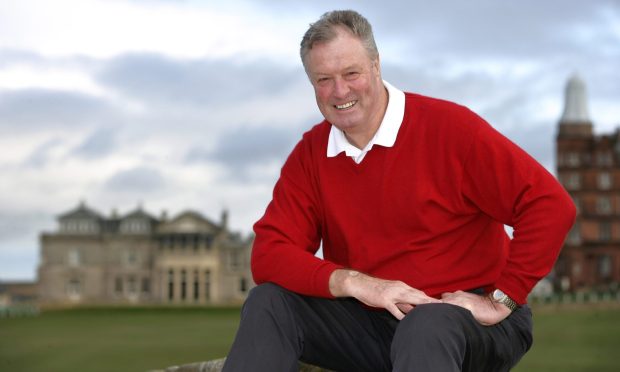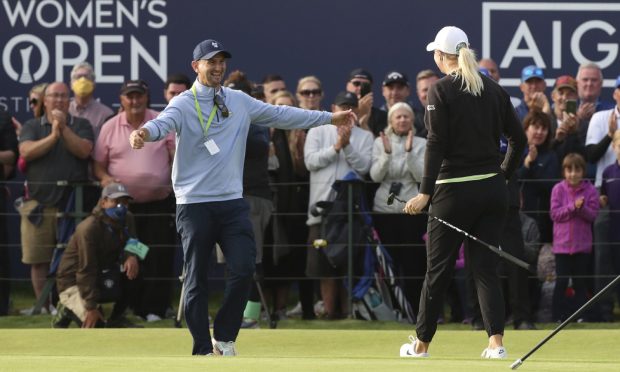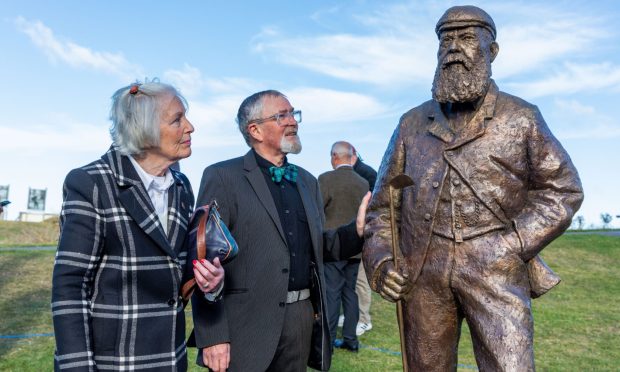The statement of golf’s two governing bodies, the R&A and the USGA, about the distance control issues in the game will probably puzzle the casual observer.
It’s all 46 inches instead of 48 inches, “ball tolerances” “areas of interest” and “local rules”.
Golf-speak will never get past the Plain English Society.
Simply put, this is the first step towards something the two governing bodies have long resisted – bifurcation, or more plainly, one set of rules for elite competition, another for the rest of us.
And the lever by which they will enforce this against reticent Tours, many players and the equipment manufacturers, are the four major championships.
Well, three of them anyway: applying the proposed local rule that will allow tournament committees to only permit equipment that hits reduced distances does not apply to your monthly medal, but to the biggest events in the sport.
With 99.8 per cent of golfers, distance is not an issue. It’s the 0.2 per cent at the elite end who are running out of room to play the game safely, affordably and in an environmentally sound fashion.
And this is aimed at them. Only both the PGA Tour and European Tour – who are run by the elite players – have been less than enthusiastic about the whole distance-reduction thing.
So what do the R&A and USGA do? They will enforce that distance-reducing local rule at the Open Championship and the US Open.
‘Elite players won’t boycott majors over this issue’
Over at Augusta National, they will surely be on board with the plan at the Masters. It’s unthinkable the R&A and USGA have proposed this without a green light from the green jackets. They’ve bristled as the precious strategic elements of their historic course have been superseded by technology for too long.
That just leaves the PGA Championship. One set of rules for three majors and another for the fourth and least celebrated? Not happening.
The majors are what every player wants, despite PGA Tour commissioner Jay Monahan’s dreams for the FedEx Cup.
No elite player in their right mind is boycotting the majors over this issue.
Distance control does NOT mean reining in the biggest hitters alone. It means reining in everyone.
Hitting it long will still be an advantage, just less of one that it used to be, because no-one in elite golf’s going to have a flick with a lob wedge into a par five now.
Link between history and the modern game
And the great and historic courses of the world, specifically the Old Course at St Andrews, will not be overwhelmed by the elite.
Playing the Open Championship on the Old Course – maybe the game’s greatest treasure – is a crucial link between the ancient history of golf and the modern game.
That’s what was at stake here.
It could be, that with distance-reduction entrenched in the elite game, the rest of us naturally fall into line. We always want the same kit as the pros, after all, even if it’s never remotely the same in practice.
The governing bodies clung to that myth for decades.
It was never worth retaining when the cost of not bifurcating was losing the Old Course and other historic tracks from the world of elite competitive golf.









